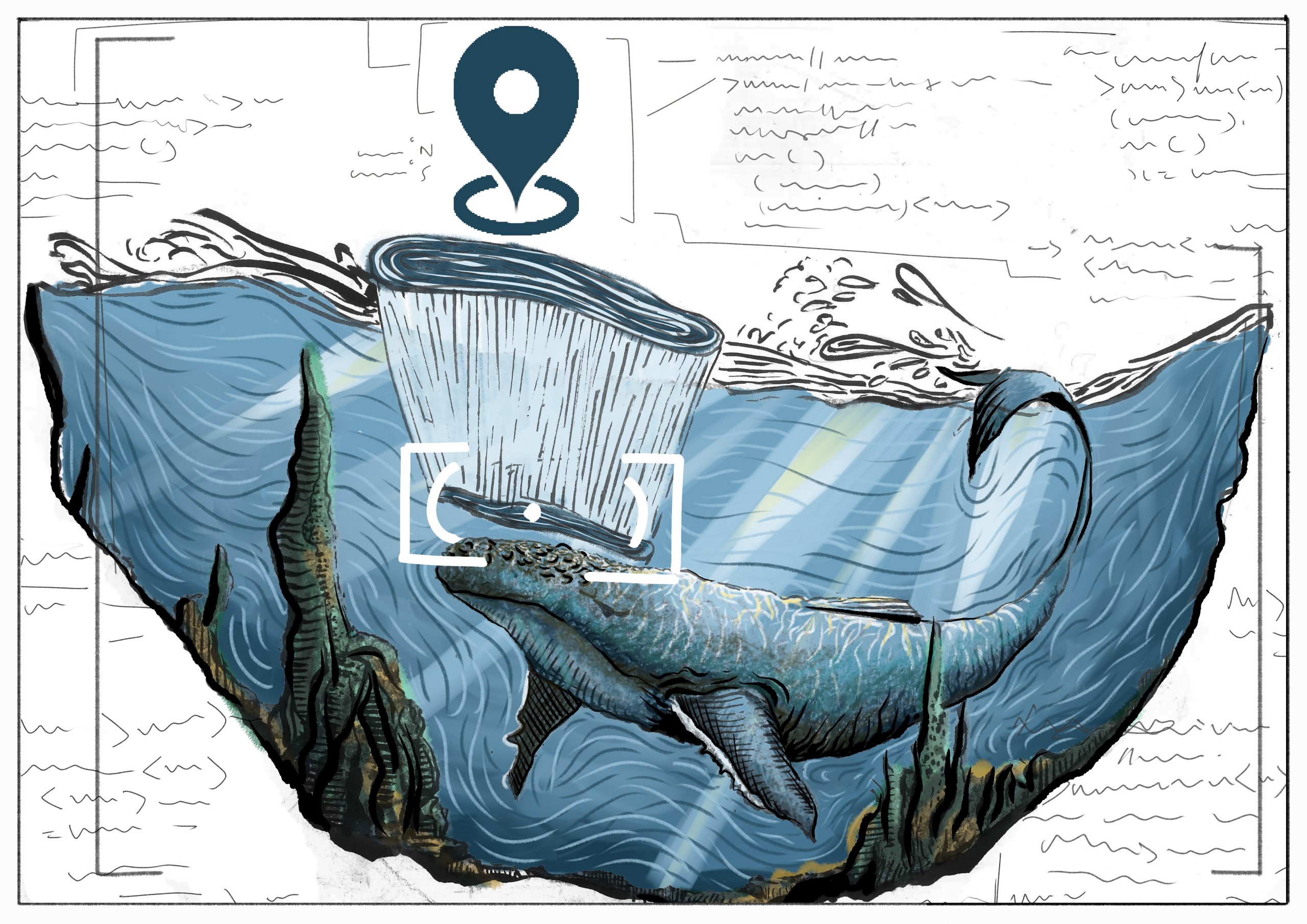Did you know that you can tell individual North Atlantic right whales (Eubalaena glacialis) apart by looking at unique patterns on their head? By recognizing whales as individuals, scientists can answer important questions such: as how old are they? how often do they have a new calf? are the whales seen in Canada the same as those seen in Florida? is the population increasing or decreasing? Scientists at NOAA Fisheries are taking this research a step further and automating the process of whale identification with the help of the crowdsourcing platform Kaggle. Data scientists from all over the world took part in the challenge and applied the latest techniques in the field of machine learning to whale identification.
The winning solution by Deepsense.ai used a series of deep learning algorithms to rotate and crop the image into standardized ‘passport’ photographs and then match them to known individuals with 87% accuracy. Just like a passport identifies you, these standardized photographs were used to match individual whales to the New England Aquarium catalog. What is unique and exciting about this project is that biologists and data scientists are collaborating to use the latest breakthroughs in deep learning to tackle a conservation problem. The North Atlantic right whale is one of the most endangered marine mammal species in the world and scientists still have a lot to learn. We hope that this new technology will speed up the data processing to more quickly inform conservation efforts. Through our publication in Conservation Biology, we hope to inspire other scientists to use deep learning to increase our understanding of the natural world!
Further Reading:
Bogucki, R. , Cygan, M. , Khan, C. B., Klimek, M. , Milczek, J. K. and Mucha, M. (2018), Applying deep learning to right whale photo identification. Conservation Biology. doi:10.1111/cobi.13226






